
Pioneers come in many forms. This online exhibit shares the stories of two kinds of pioneers that made significant contributions to the Navy’s undersea communities.
Groundbreakers and trailblazers led initiatives, broke barriers, and set records. They embodied the courage and enterprising spirit needed to do something for the first time, even in the face of obstacles like racism, sexism, and other discrimination. Their achievements inspired many who hoped to follow in their footsteps and paved the way for others to build on their accomplishments.
Inventors and innovators imagined and designed new technologies, finding ways to make the “impossible” a reality. These pioneers were inventive engineers, visionaries, problem-solvers whose work advanced Navy technology, expanded Navy capabilities, and improved Navy and national safety.
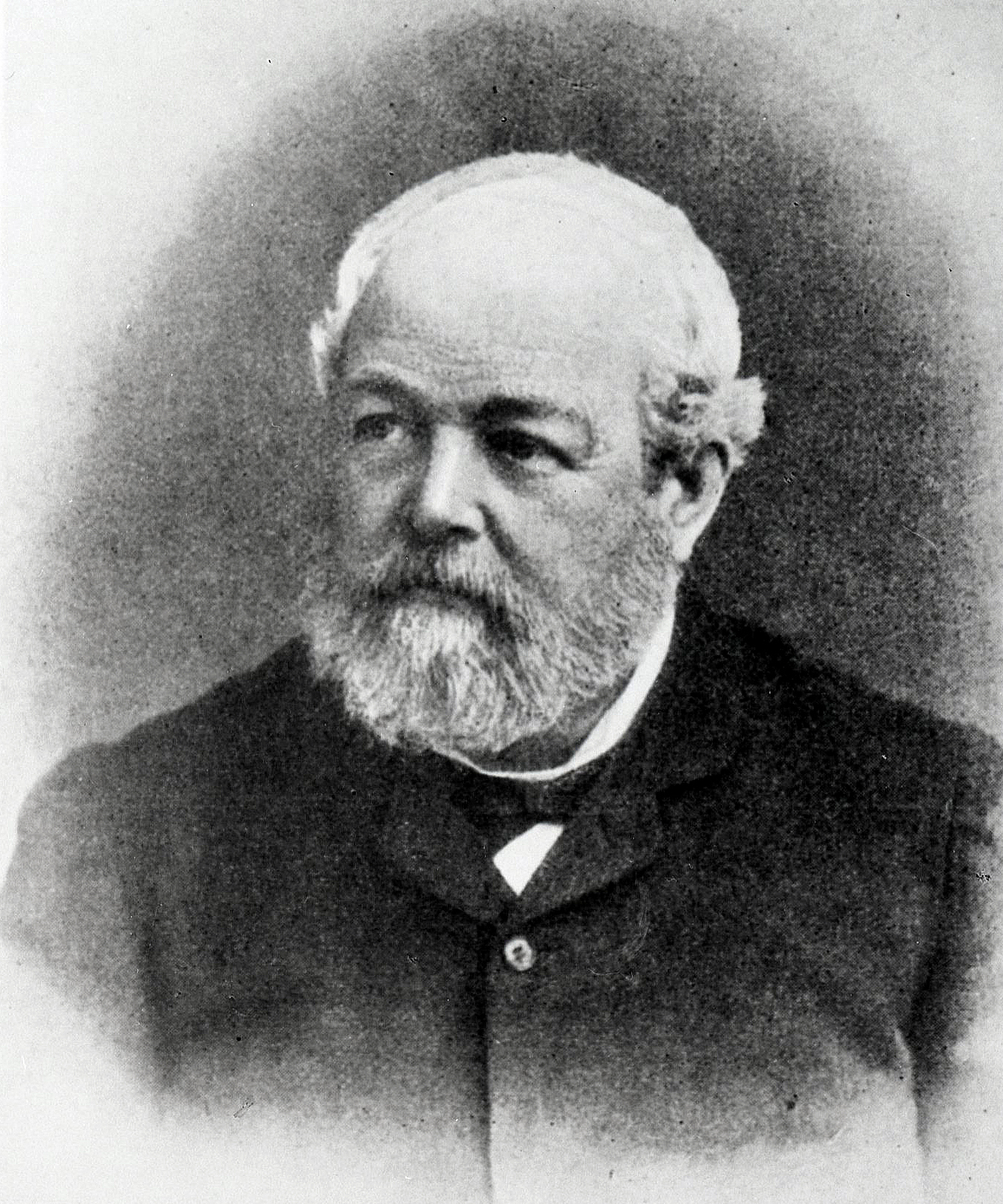
Robert Whitehead
Torpedo design, 1860s-1890s
British engineer Robert Whitehead created the world’s first successful self-propelled torpedo. In the mid-1860s, an Austrian captain named Giovanni Luppis approached Whitehead to design an idea he had for self-propelled mines launched from small coastal boats. By 1866 or 1867, Whitehead had produced an experimental prototype torpedo. Whitehead refined his design over time, implementing three clever engineering ideas that contributed heavily to the success of his torpedoes: compressed air propulsion, a self-regulating depth-keeping mechanism, and a gyroscope for stabilization.
In 1868, Austria became the first country to purchase Whitehead torpedoes. Most countries with significant naval powers followed suit, including England, France, German, Italy, Russia, and China. The United States, striving to develop an American-designed torpedo, would not adopt the Whitehead torpedo until 1891, almost two decades later. The U.S. Navy operated five versions of Whitehead torpedoes between 1895 and 1922.
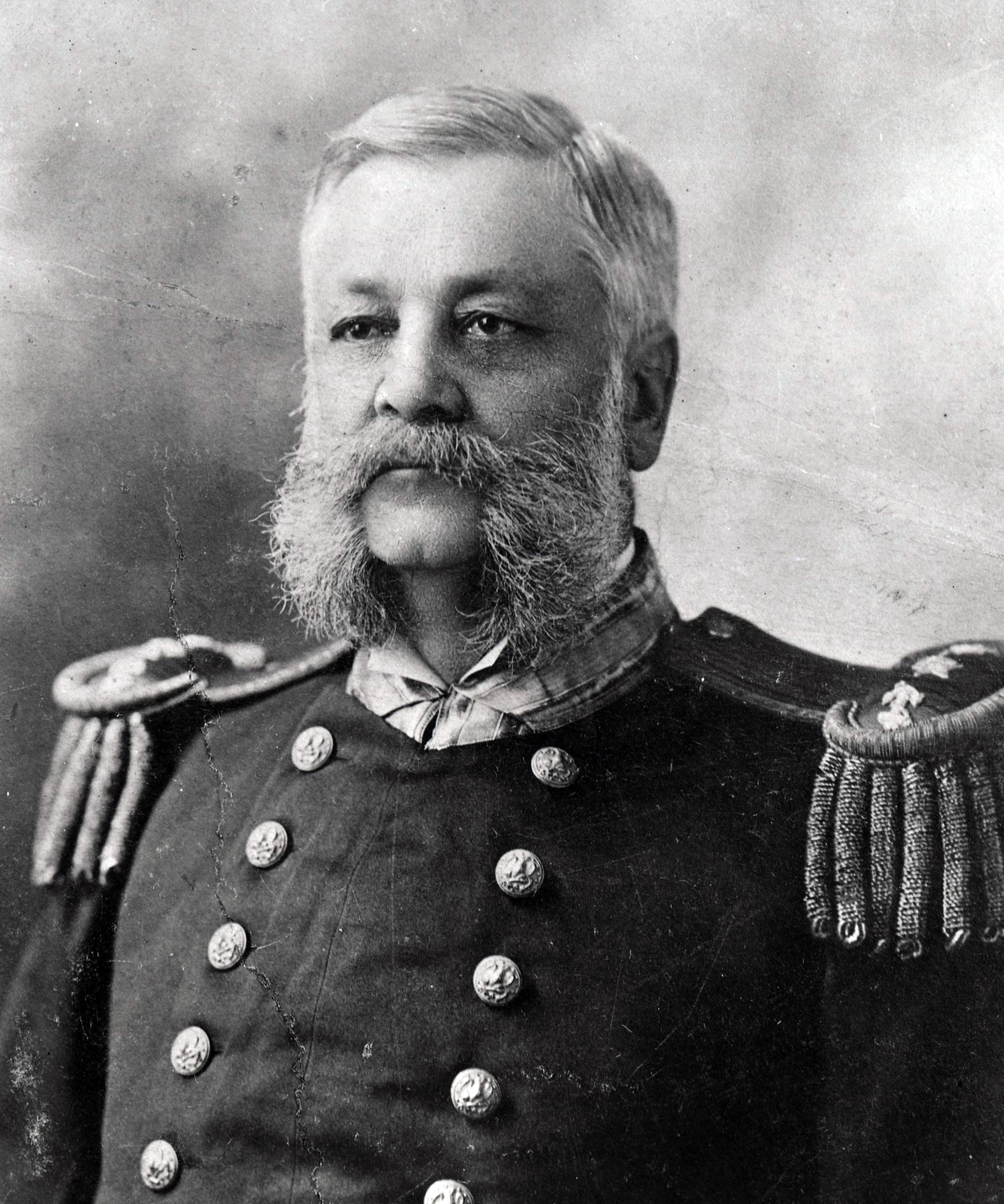
Lieutenant Commander John Howell
Torpedo design, 1870s and 1880s
Navy Lt. Cmdr. John Howell developed the first successful American-built torpedo, the Howell torpedo. Howell began work on his design in 1870, shortly after Robert Whitehead debuted his torpedo, and established a working model by 1881. Howell developed key improvements to existing torpedo technology and patented two of them in 1871: a heavy flywheel that provided wakeless propulsion via stored energy, and the installation of this flywheel to act as a gyroscope and directionally stabilize the torpedo.
Howell’s flywheel was an ingenious method of propulsion. A steam turbine mounted to the torpedo tube spun the 132-pound flywheel to 10,000 rpm, supplying enough stored energy to move the torpedo about 400 yards through the water. As the flywheel slowed, propeller pitch compensated to maintain a constant speed.
The U.S. Navy ordered 50 Howell torpedoes in 1889 from the Hotchkiss Ordnance Company, which had purchased the manufacturing rights from John Howell. Delivered in 1893, those 50 Howell torpedoes were carried by torpedo boats for a short time until Whitehead torpedoes supplanted them in the late 1890s.
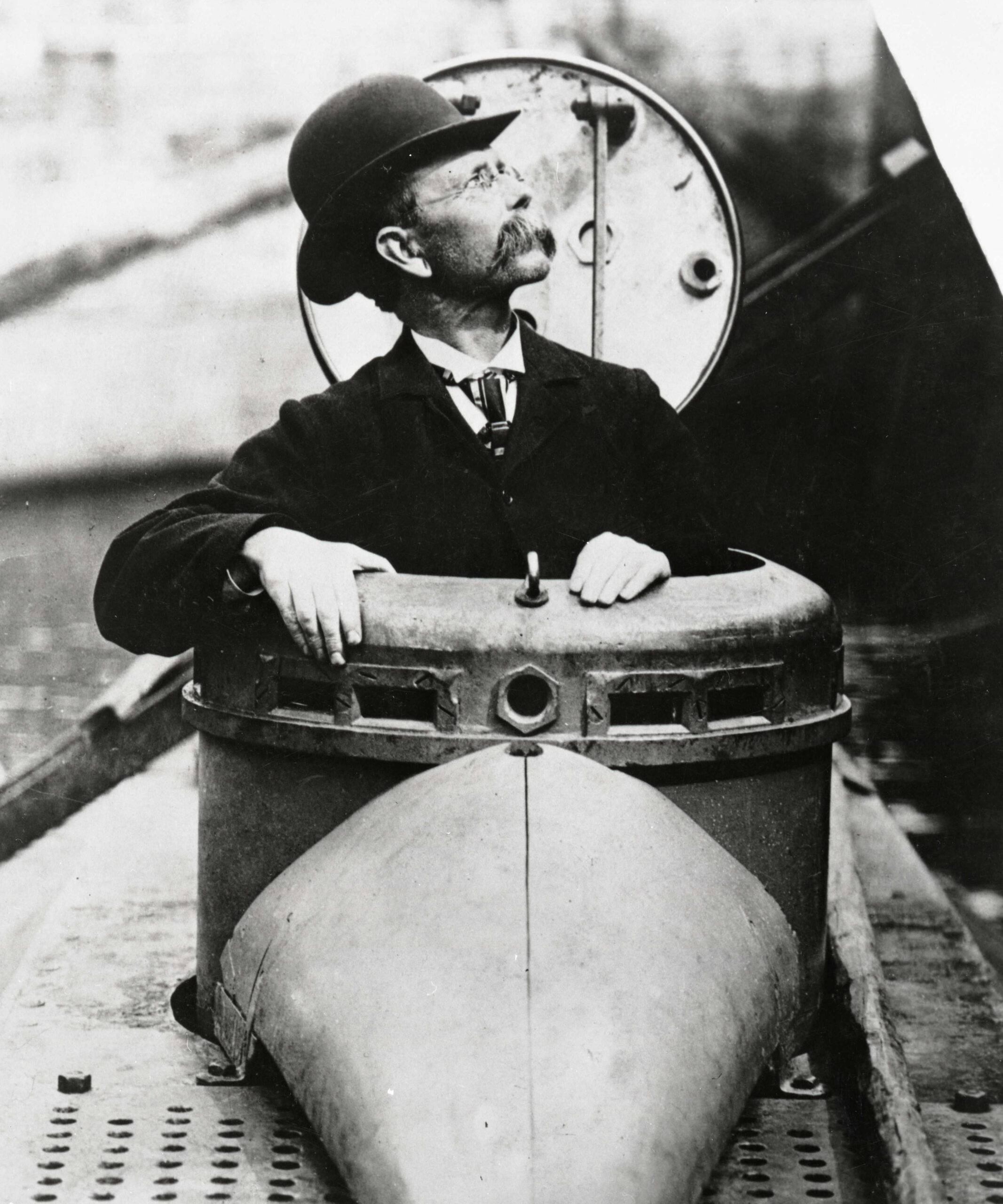
John Philip Holland
Submarine design, 1870s–1900s
Irish immigrant John Philip Holland designed and constructed the U.S. Navy’s first submarine, USS Holland (SS 1). John Holland began sketching submarine designs as early as 1869 and built five experimental submarines between 1878 and 1895 before arriving at Holland’s more successful design. Holland included all the major components of a modern submarine: dual propulsion systems, a fixed center of gravity, separate main and auxiliary ballast systems, a hydrodynamic shape, and a modern weapons system.
After two years of Navy trials and modifications to Holland, the Navy purchased the submarine on April 11, 1900, for $165,000 (about $4.7 million today). It also ordered seven more Holland-type boats, sufficiently impressed by Holland’s potential.
On October 12, 1900, the U.S. Navy commissioned USS Holland as its first submarine, establishing the U.S. Submarine Force. USS Holland spent most of her ten years in service at the U.S. Naval Academy as a training submarine. The seven new Holland-type submarines, built with Navy-specified improvements, became the Navy’s A-class of submarines.
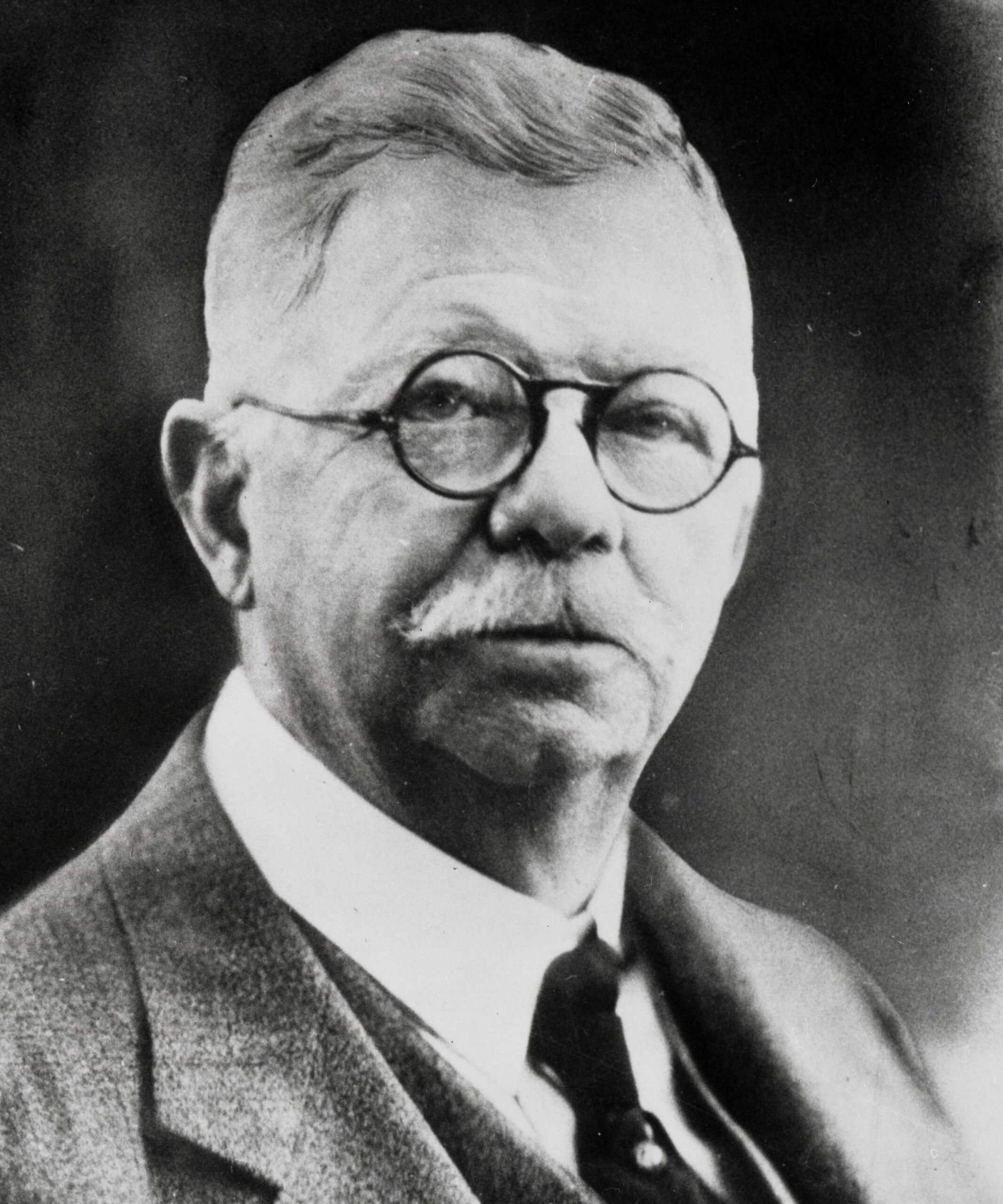
Simon Lake
Submarine design, 1911–1930
Inventor Simon Lake built 33 submarines for the U.S. Navy between 1911 and 1930. Although often his contributions are often overshadowed by John Holland’s accomplishments, Simon Lake developed several key technologies important to the successful operation of a submarine, including even-keel hydroplanes, ballast tanks, and periscopes.
Lake dreamed of building submarines as a child in the 1870s after reading Jules Verne’s Twenty Thousand Leagues Under the Sea. In 1894, Lake unveiled his first submarine, Argonaut Junior, a prototype which demonstrated his understanding of diving principles despite its crude construction. Argonaut Junior employed an even keel diving system and included two characteristic features of Lake submarines: hull-mounted wheels and a diving lock-out chamber for undersea exploration.
Lake competed with contemporary submarine inventor John Holland in several naval competitions for submarine designs. After Holland repeatedly emerged the victor, financial pressures pushed Lake to sell his most sophisticated submarine, Protector, to the Russian Navy in 1904. He then spent the next seven years in Europe designing submarines for the Austrian, German, and Russian navies. After returning to the United States in 1912, Lake went on to build submarines for the U.S. Navy during and following World War I.
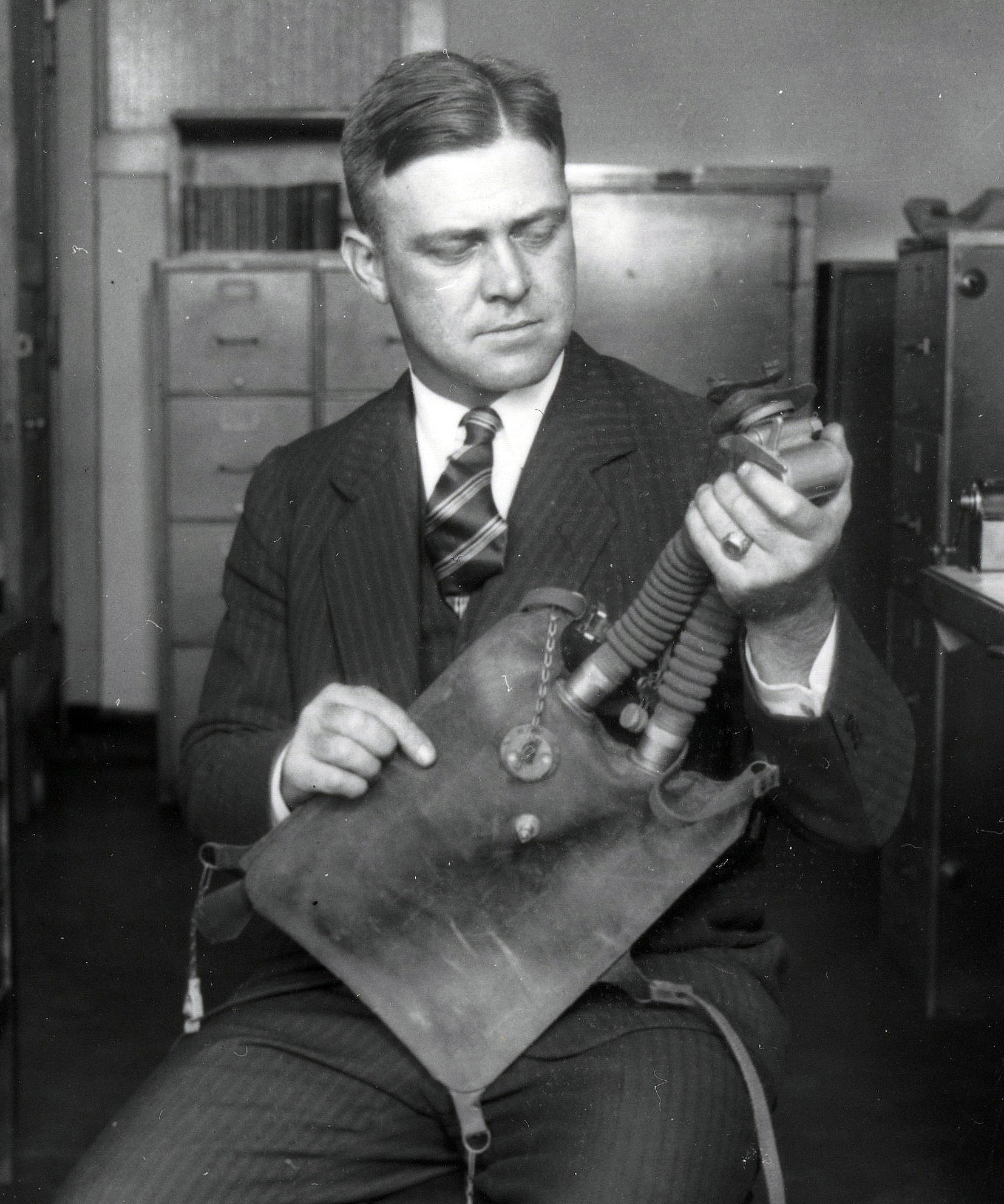
Vice Admiral Charles Momsen
Submarine rescue and escape equipment, 1928–1939
Charles “Swede” Momsen pioneered submarine rescue in the U.S. Navy. A trained submarine officer, he commanded three submarines between 1923 and 1927. During those years, the Navy lost the crews of submarines, USS S-51 in 1925 and USS S-4 in 1927, who survived their sinkings but suffocated because the Navy had no way to rescue them. Momsen had witnessed the S-51 tragedy firsthand when he was sent to search for the lost sub while in command of USS S-1.
These losses moved Momsen to invent the two life-saving devices that would become his legacy. In 1928, he created the submarine escape lung, a wearing breathing device that would come to be known as a Momsen lung. Momsen personally tested the Momsen lung, making repeated practice escapes from up to 200 feet underwater. In 1944, eight submariners survived the sinking of USS Tang (SS 306) by wearing Momsen lungs.
In the early 1930s, Momsen designed the submarine rescue chamber, a piece of rescue equipment that worked so effectively it remains part of the Navy’s rescue arsenal today. Momsen conceived the idea and carried out the initial design of the chamber before the Navy assigned the final design work to Cmdr. Allan McCann. In less than 850 feet of water, a submarine rescue chamber can be lowered from a surface ship to a downed submarine to rescue survivors. The Navy has used a chamber once for an actual rescue, to save 33 submariners from USS Squalus (SS 192) in 1939.

Hedy Lamarr
Torpedo frequency hopping system, 1942
Born in Austria in 1914, Lamarr’s engineering aptitude was evident from childhood. At age 5, she disassembled and reassembled her music box to understand how it operated. Lamarr began acting at age 16, married at 19, and left her verbally abusive husband at 23, fleeing to London and then Hollywood. Her acting career took off and she became known as the “most beautiful woman in the world.” Lamarr’s beauty would overshadow her intelligence for most of her life.
In 1940, Lamarr met composer George Antheil at a dinner party, where the two connected over their inventive minds and mutual desire to help the Allied Powers. Lamarr and Antheil partnered to develop a frequency hopping communication system for torpedoes that simultaneously changed the frequencies of a torpedo’s receiver and the radio guidance transmitter communicating with it. The frequencies hopped so quickly that enemies couldn’t detect the torpedo guidance signals in time to jam them — and were thus unable to stop the torpedoes from reaching their targets.
Lamarr and Antheil patented their device in August 1942 but the U.S. Navy declined to implement it during World War II. Only later was Lamarr’s genius recognized, when her frequency hopping technology became the basis for WiFi, GPS, and Bluetooth communication systems
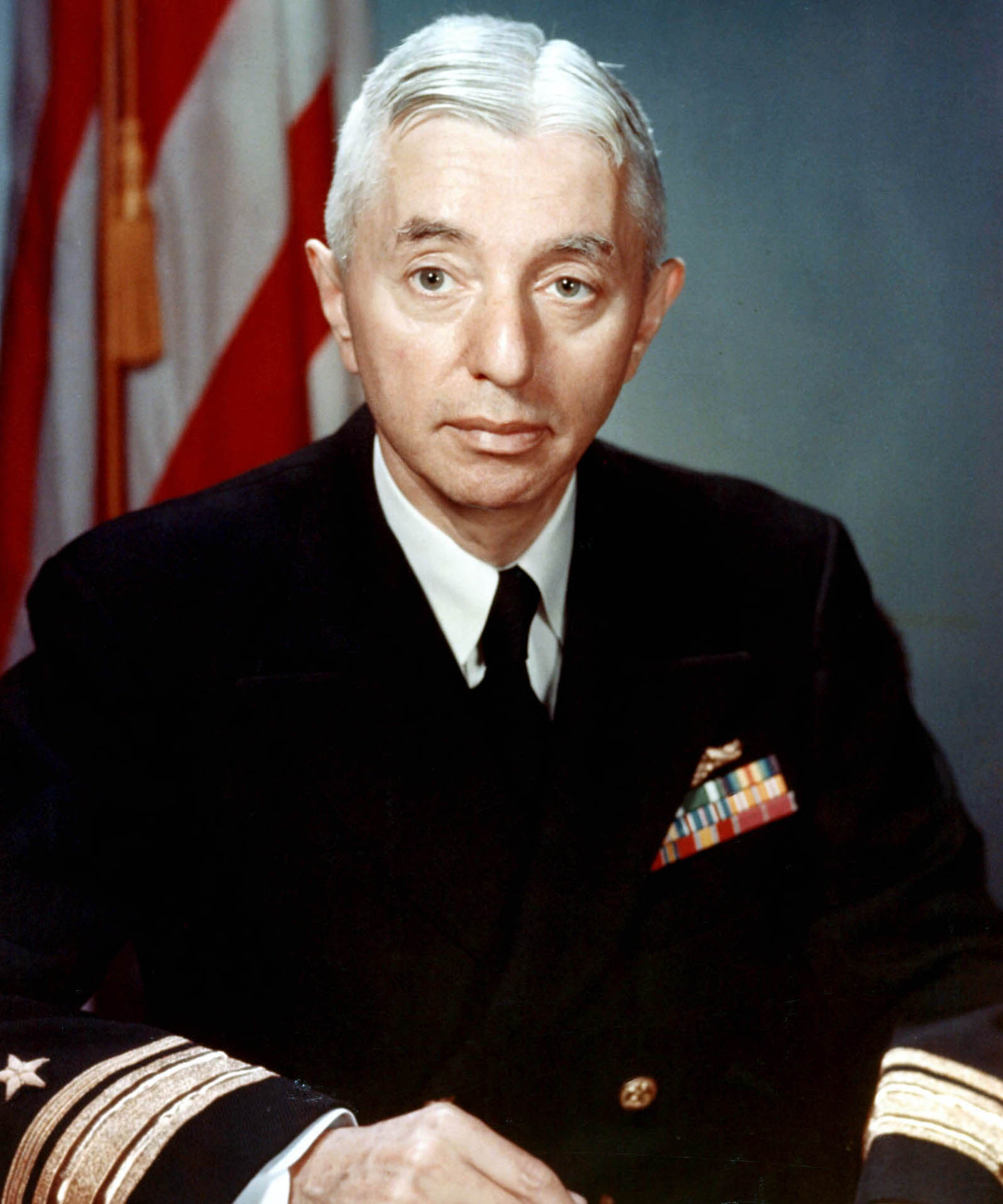
Admiral Hyman G. Rickover
Submarine propulsion and design, 1949–1982
Admiral Hyman Rickover drove and shaped of the development of nuclear propulsion for the U.S. Navy. An electrical engineer and Naval Academy graduate, Rickover recognized the potential of nuclear power early and began developing a submarine thermal reactor while studying atomic physics in 1947.
Born in Poland to a Jewish family, Rickover immigrated to the United States at age six with his mother and sister to escape antisemitic Russian pogroms. After graduating from the Naval Academy in the class of 1922, he became an electrical engineer, qualified as a submarine officer, and trained in nuclear power.
In 1949, he was assigned to the Atomic Energy Commission’s Division of Reactor Development and became the Director of Naval Reactors for the Navy’s Bureau of Ships. Through this double appointment, he led a research team that developed a nuclear reactor small enough to fit within a submarine hull. On 30 September 1954, USS Nautilus (SSN 571) was commissioned as the world’s first nuclear-powered vessel. Following his success with Nautilus, Rickover expanded nuclear propulsion to surface vessels and continued his influence over the nuclear Navy for decades, overseeing and steering ship design, technology, and personnel. He retired in 1982, sixty years after beginning his Navy career.
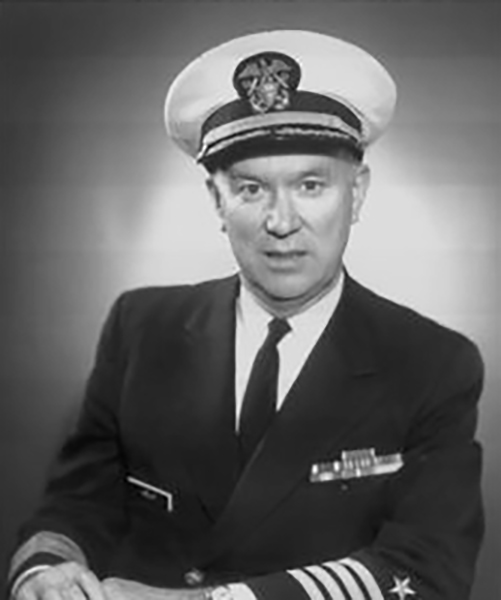
CaptAIN Joseph Kelly
Underwater sound surveillance, 1951–1972
Captain Joseph Kelly led and grew the Navy’s undersea listening system, the Sound Surveillance System (SOSUS), for 21 years. The SOSUS program grew out of a World War II system for locating downed fliers called Sound Fixing and Ranging (SOFAR) that could detect ships with its hydrophones. The Navy recognized that sound could be used as an anti-submarine warfare (ASW) tool to track enemy submariners and adapted the idea of SOFAR into the SOSUS program.
In late 1951, the Chief of the Bureau of Ships chose Lt. Kelly as the Project Officer for Project Jezebel, an early experimental project that would grow into the SOSUS program. Under Kelly’s leadership, the SOSUS program became highly successful. Kelly received two Navy Commendation Medals and three Legions of Merit.
The SOSUS program was classified for many years of its history, and aspects of the program, now called the Integrated Underwater Surveillance System (IUSS), continue to be classified today.
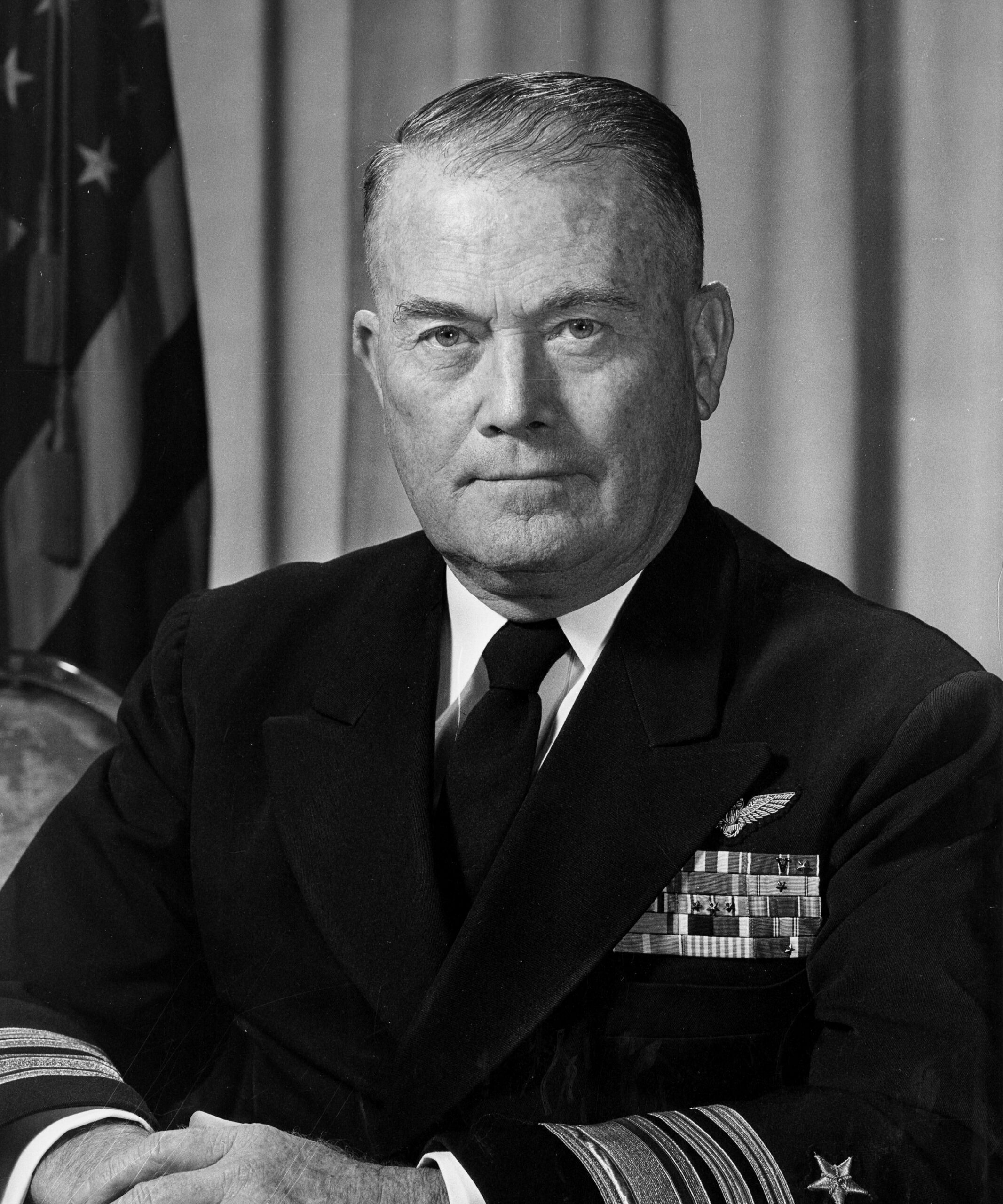
Vice Admiral William “Red” Raborn Jr.
Submarine-based strategic deterrence, 1955–1965
William “Red” Raborn established and led the Navy’s strategic deterrence program in the 1950s and 1960s as the director of the Special Projects Office. In 1955, Chief of Naval Operations Arleigh Burke hand-picked Raborn to create a sea-based deterrent. Under his leadership, the Special Projects Office abandoned the idea of the liquid-fueled Jupiter missile and designed a smaller solid-fueled missile, Polaris, which was better-suited for submarines.
Raborn proved an outstanding leader skilled at navigating government bureaucracy, and he crafted a religious-like fervor around Polaris’s development. His enthusiasm, together with a national sense of urgency, drove the project. The Special Projects Office delivered a working Polaris A-1 missile in 1960, three years ahead of schedule.
Following his tenure at the Special Projects Office, Vice Adm. Raborn served as Deputy Chief of Naval Operations for Development, and as a civilian, the Director of Central Intelligence.
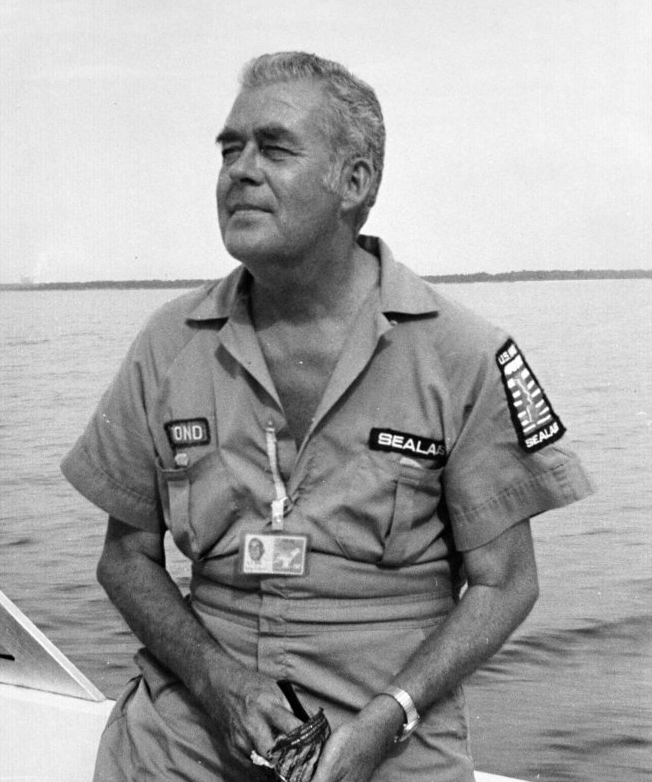
CaptAIN George Bond, MD
Saturation diving and diving medicine, 1950s and 1960s
Navy scientist Dr. George Bond formulated the concept of saturation diving in the 1950s as he sought to improve the length and efficiency of deep-sea dives. Bond discovered that after 24 hours, body tissues would saturate with atmospheric gases so that no additional decompression time would be needed. Saturation diving thus allowed divers to live and work underwater for days or weeks at time before making a single, comparatively short decompression period.
In the 1960s, Dr. Bond staged a trio of saturation diving experiments that let divers work and live in undersea habitats called Sealabs. The groundbreaking projects tested and successfully demonstrated the viability, safety, and effectiveness of using saturation diving to work underwater.
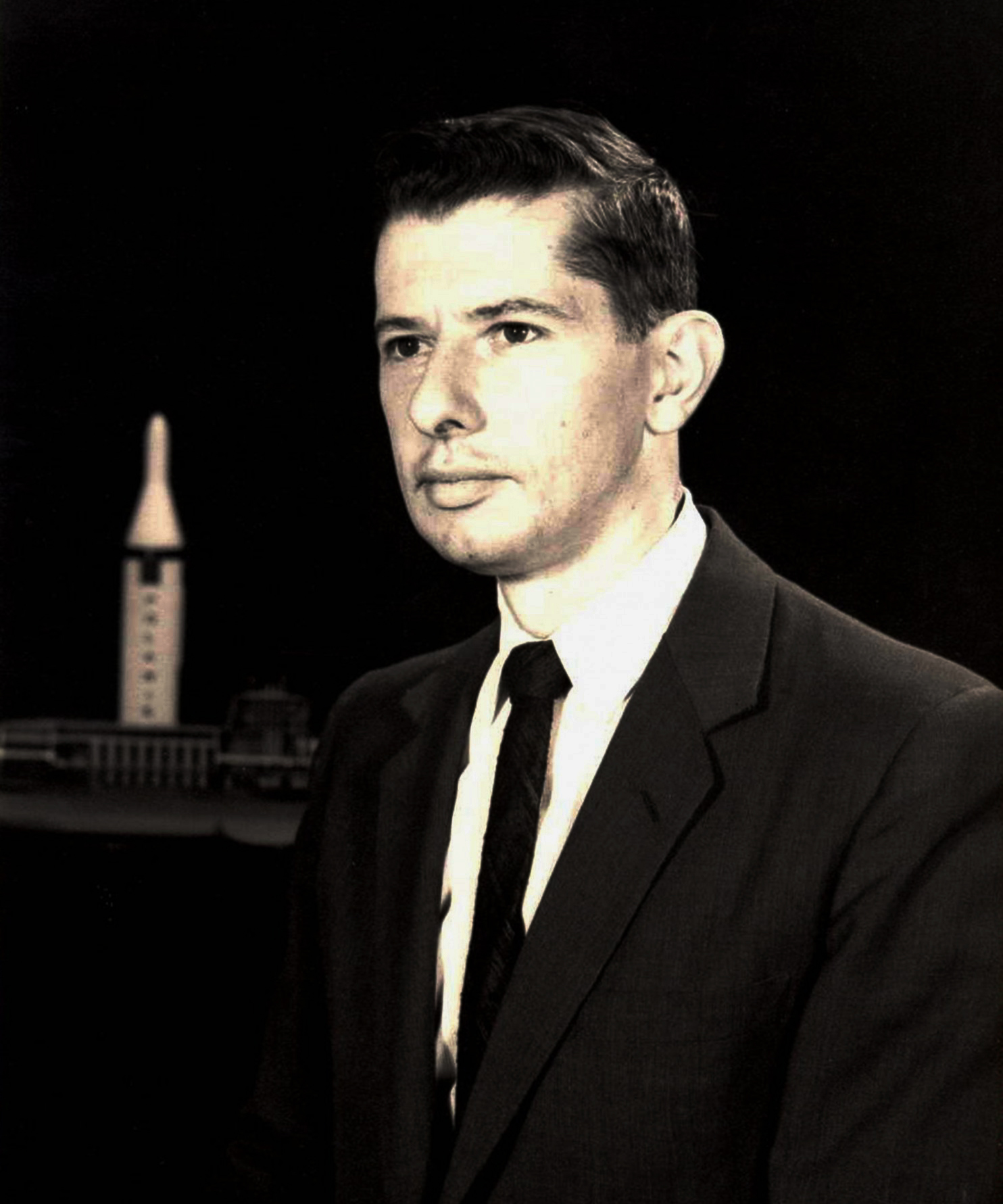
Dr. John Craven
Deep submergence and undersea technology, 1960s
Scientist and ocean engineer John Craven was heavily involved in several important Navy deep submergence and undersea technology efforts in the 1950s and 1960s. The son of a naval officer, he served in the Navy during World War II before transitioning to a civilian career in 1951. In 1959, Admiral William Raborn, head of Special Projects Office, hand-selected Craven to be the project’s Chief Scientist, which required him to have immense technical understanding of every technological system in the Polaris submarine-launched ballistic missiles the project was developing.
After the fast attack submarine USS Thresher (SSN 593) sank in April 1963, Craven became the head of a new program called the Deep Submergence Systems Project (DSSP) that was established to develop the deep-ocean capabilities the Navy discovered it lacked. Under Craven, the DSSP created deep submergence rescue vehicles for submarine rescue, deep-diving submersibles for research and recovery operations, and saturation diving systems for prolonged undersea work.
In 1966, Craven helped locate a missing hydrogen bomb lost in the Mediterranean Sea after two American aircraft collided in mid-air. He put his his undersea locating skills to further use in May 1968, when he deduced a means of finding the wreckage of USS Scorpion (SSN 589) using underwater sound surveillance system recordings.
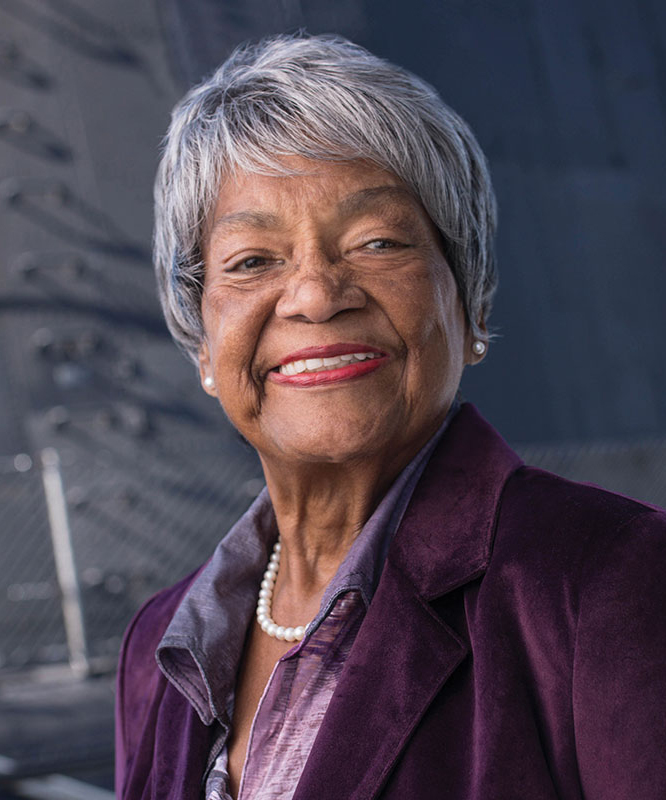
Photo by Dero Sanford for Inviting Arkansas
Raye Montague
Computer-based ship design, 1970
Raye Montague’s storied career as a naval engineer began with a submarine. In 1942, at age 7, she toured a captured German submarine and wondered how she could build ships.
Barred from studying engineering in Arkansas because she was African American, Montague earned a business degree, began working for the Navy as a computer operator, and took night classes to become an engineer.
Montague revolutionized how Navy ships and submarines were designed by advocating the use of computer programs. In 1970, she became the first person — ever — to design a Navy ship using a computer. Given one month to create a rough ship design (normally a two-year process), Montague designed the USS Oliver Hazard Perry (FFG 7) class of ships in an astounding 18 hours and 26 minutes.
During her 34-year Navy career, Raye Montague became the first female Program Manager of Ships and taught at the U.S. Naval Academy. She helped design many classes of Navy ships, including submarines — her final project was working on the Seawolf class of submarines.
